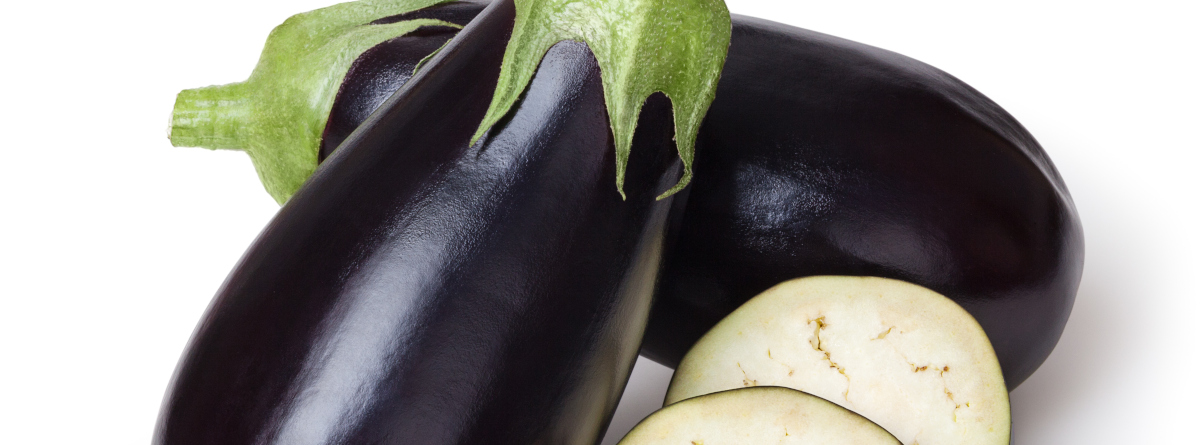
How to select
Choose eggplants that feel heavy and are free from blemishes and discoloration.
How to prepare
- Rinse under running water.
- Keep the skin on the eggplant.
- Cut each end off the eggplant.
- Cut into thin slices or thicker quarters.
How to store
- Keep cucumbers in the crisper drawer of your refrigerator for five to seven days.
Peak season
Summer, fall
Ways to use
- Add eggplant pieces to a stir fry.
- Bake eggplant slices with spaghetti sauce and cheese.
- Use in place of meat for an eggplant "burger."
- Try steaming, grilling, lightly frying, baking, or sauteing.
Fun facts
- Eggplants are actually berries, not vegetables.
- Eggplants belong to the "nightshade" family along with tomatoes.
- Eggplants contain more nicotine than any other vegetable, but still not enough to compare to even 1 cigarette.
- In the UK, eggplants are called aubergines.
Nutrition facts and info
Most nutrients in eggplant are found in the skin, so don't peel it off. Good source of fiber. Potassium, vitamins C & B6, and other nutrients make eggplant a heart-healthy food.
1 cup cubed eggplant = 20 calories, 5 g carbs, 2.5 g fiber, 12 mg magnesium, 20 g phosphorus, 188 mg potassium,
Learn more
Growing eggplant in home gardens (UMN Extension)
Sources
Earth Eats. Eight fascinating facts about eggplant. January 18, 2010.
FoodData Central. Eggplant, raw. April 2018.
Have a Plant. Eggplant.
Taste.com au. How to prepare eggplant.